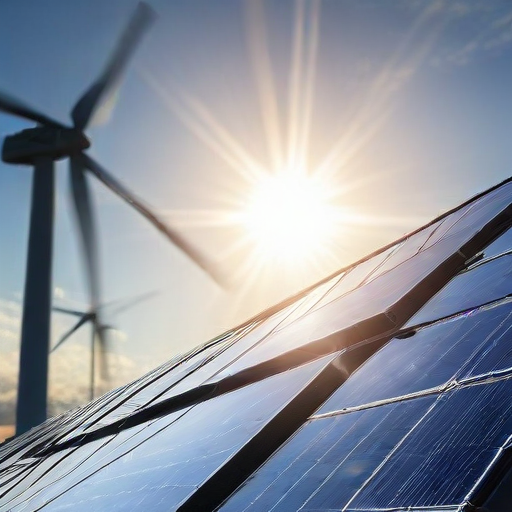On the week of November 15, 2024, discussions surrounding Puerto Rico’s energy future are gaining momentum, particularly following Hurricane Maria, which devastated the island’s power grid in 2017. The hurricane not only left almost all of Puerto Rico’s 3.4 million residents without power for an extended period but also led to numerous deaths, particularly among vulnerable populations reliant on medical equipment and refrigeration. In the wake of this disaster, there has been a strong push for a more resilient and sustainable energy system.
A major initiative currently under consideration is a utility-scale solar project known as “Project Marahu,” which aims to provide renewable energy and is backed by an $860 million loan from the Department of Energy. This project, spearheaded by Clean Flexible Energy LLC, a subsidiary of AES Corporation and Total Energies Holdings USA, aims to supply up to 200 megawatts of solar energy each year—sufficient to power approximately 43,000 homes. However, the project is stirring controversy due to environmental concerns, particularly in terms of its impact on local ecosystems and communities.
Environmental attorney Ruth Santiago, a member of the White House Environmental Justice Advisory Council, voices apprehensions regarding the project. She raises issues about the proposed solar installation’s proximity to the Jobos Bay National Estuarine Research Reserve, an area recognized for its ecological significance and biodiversity. Santiago highlights that the project site contains habitats for protected species, including the yellow-shouldered blackbird and the Puerto Rican boa.
In addition to ecological concerns, Santiago points out that the area chosen for the project is vulnerable, with many residents living in poverty and lacking basic services. Flooding is a recurring problem in these communities, and the construction of solar farms could exacerbate this issue, especially during heavy rain and storms.
Ruth Santiago advocates for the development of decentralized solar projects, such as rooftop solar panels, which are already being implemented in various towns across Puerto Rico. These smaller-scale projects could provide more immediate resilience, allowing communities to generate their own energy and remain operational during power outages, unlike larger solar installations dependent on extensive grid connections.
Santiago underscores the importance of equitable energy solutions and calls for a transitional approach that empowers Puerto Rican communities to be active participants in their energy production. By utilizing the federal disaster recovery funds, she believes that initiatives can be put in place to support local energy resilience and independence.
Moving forward, it is crucial for both government and energy companies in Puerto Rico to prioritize community engagement and transparent communication, ensuring that progress towards renewable energy does not sacrifice public health, safety, or biodiversity.
This article not only highlights the ongoing struggles and aspirations of Puerto Rico’s transition to renewable energy but also serves as a reminder that community voices must be heard in planning and implementation processes. The hopeful aspect lies in the possibility for Puerto Rico to utilize its unique resources and vibrant community engagement to forge a path towards a sustainable energy future while addressing its historical challenges. Through collective efforts, the island can pave the way to energy independence and resilience.
